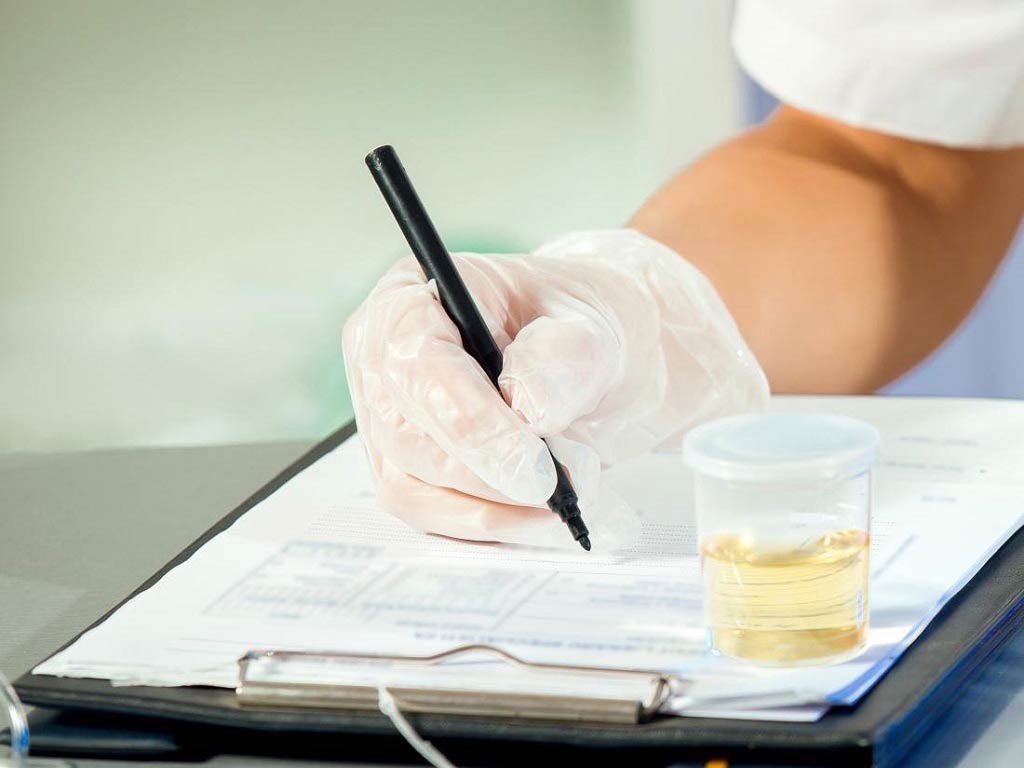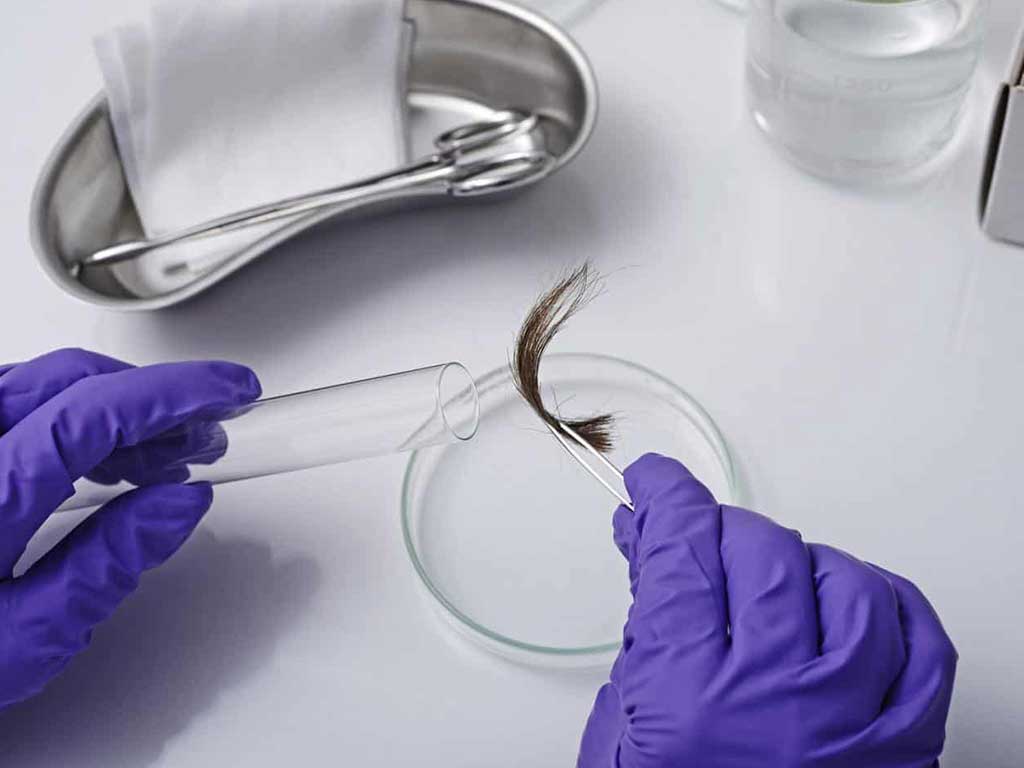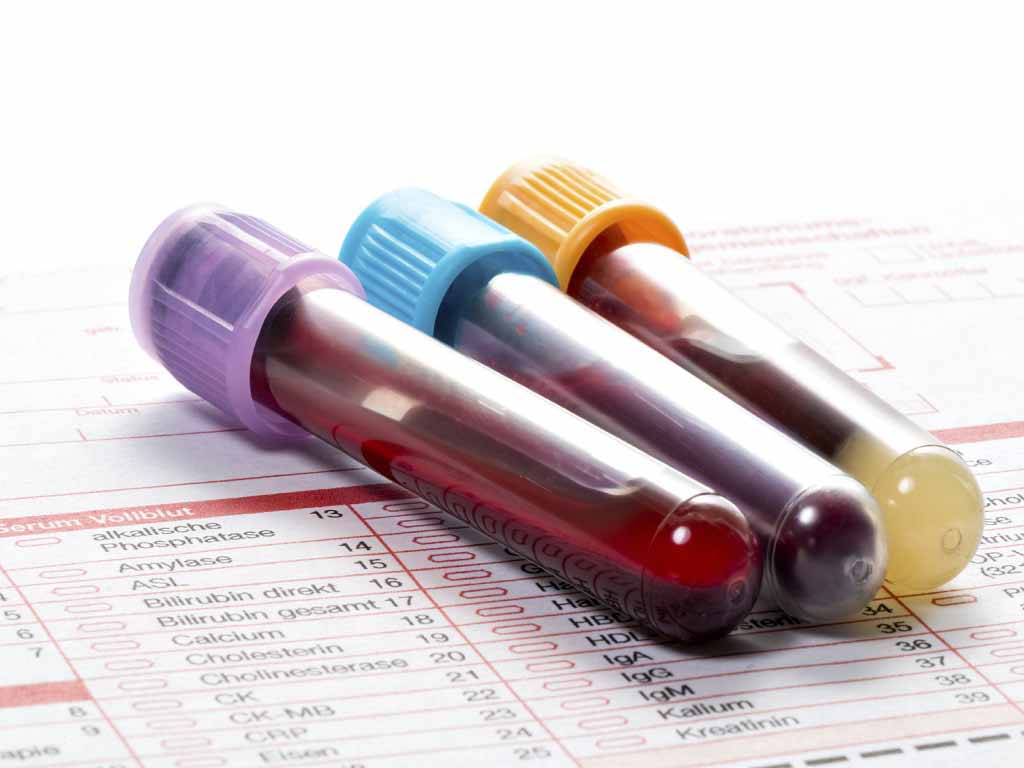Drug Test Includes Alcohol: What Are The Different Types?
17 November, 2023

When it comes to drug testing, most people are aware of the screenings for illegal substances like marijuana or cocaine. However, some illicit drug testing also includes monitoring for alcohol consumption. Understanding the different types of drug tests that include alcohol can be crucial. This is particular to check abuse among employees and professionals where sobriety is essential. Accordingly, the methods of testing may include saliva testing, urine testing, hair testing, and blood tests.
Drug tests are often in place for various reasons, such as job applicant screenings, probation requirements, or addiction recovery. While the primary focus is usually on detecting illegal drugs, some tests also check for ethanol, the active ingredient in alcoholic beverages. This inclusion is due to the potential risks and dangers associated with alcohol abuse. The following sections will present the different types of tests, including oral fluid and urine analysis, hair follicle testing, and the use of blood samples.
Drug Test Includes Alcohol – Oral Fluid and Urine Analysis
When a person undergoes a drug test that includes alcohol, their saliva samples and urine samples are typically checked for any presence of illicit substances. In oral fluid or saliva tests, a conductor will use a swab to collect saliva from the mouth. This sample will then determine the presence of recreational drugs or ethanol in the system.
Saliva testing is a popular method as it is non-invasive and is common for random testing programs and roadside testing. However, the approach has the shortest detection window of about 12 hours. On the other hand, urine tests are a common method for testing. It involves urine collection procedures with the use of containers. The test can detect substances in the body longer than the saliva.
Subsequently, urine testing has a detection window of 24 hours after the consumption of substances. Nevertheless, both tests can provide valuable information about the presence of alcohol and drugs in the body. Hence, it is common in various settings such as workplaces, probation programs, and some legal cases.
Advantages of Saliva and Urine Testing
- Both tests provide a comprehensive understanding of substance use over a specific period.
- Oral fluid and urine analyses are non-invasive procedures. This makes them convenient and comfortable for any candidate person.
- Collecting the samples is relatively simple and does not cause any discomfort.
- The tests can detect recent substance consumption accurately. They can reveal recent drug usage and alcohol misuse, making them useful for immediate detection.
- The methods of testing are widely accepted and recognised as a reliable indicator of substance abuse.
- The saliva and urine testing usually provide quick results, allowing for timely decision-making.

Drug Test Includes Alcohol – Hair Follicle Testing
When a drug test includes alcohol, hair follicle testing is a tool to detect the presence of substances in the system. This type of testing involves analysing a small sample of hair to determine if a person has substance consumption. During hair tests, a collection of small sections of the hair from a person occurs. This sample is then forwarded for laboratory testing.
Accordingly, the testing can provide information about the substance intake of a person over an extended period, often up to 90 days. Hence, the testing has the widest detection window than the other testing methods. Hair tests offer several advantages. It can detect substance use over a more extended period, making it suitable for assessing substance consumption habits.
Additionally, the procedures for specimen collection are non-invasive and generally painless. It involves snipping a small section of hair close to the scalp, which is typically not noticeable and does not cause discomfort. Also, the tests are reliable as they can provide accurate information. As such, this may encourage more responsible intake of substances.
Detection Window
Hair follicle testing can detect illicit drug use, misuse of prescription medications, and ethanol over a relatively long period, typically up to three months. When a person consumes substances, their body breaks them down into different substances, including metabolites. These metabolites circulate in the bloodstream and eventually incorporate into the hair as it grows.
Unlike other testing methods, which can detect illicit substances for a shorter period, hair tests offer a broader window of detection. It provides a historical record of substance consumption, making it particularly useful for assessing long-term drug use or drinking habits.

Drug Test Includes Alcohol – Using Blood Sample
Blood testing is also a method of drug test that includes alcohol. When a person consumes alcoholic drinks or illicit drugs, it enters the bloodstream and can be detected through a blood sample. A blood test measures the amount of substances in the system at the time of the drawing of blood. Accordingly, the tests can give the most accurate results, however, it is invasive.
In this test, a healthcare professional uses a needle to draw blood from a person’s arm. The blood sample is then sent to a laboratory for analysis. At the laboratory, the specimen undergoes testing to detect the presence of substance metabolites. Hence, the test can provide accurate results and the indication of substances in the system.
The detection window in the blood testing varies depending on factors such as the amount of substances, the extent of use, metabolism, and other physiological factors. Generally, the detection window for the blood is about 24 hours, which is relatively shorter than the hair testing. Nevertheless, it is a valuable tool in various settings, such as healthcare, employment, and legal contexts.
Accuracy of Blood Substance Testing
Blood testing is generally considered to be a highly accurate method for detecting substances in the body. When it comes to ethanol testing, blood tests provide precision in measuring the amount of ethanol present in the bloodstream. This accuracy is because ethanol can be directly measured in the blood sample, providing a reliable indication of Blood Alcohol Concentration (BAC).
Additionally, blood tests can provide wider detection of illicit or prescription drugs. This may include marijuana, cocaine, opioids, prescription medications, and others. Nevertheless, the accuracy of the method may vary on the proper handling of samples and laboratory testing.
Conclusion
A drug test that includes alcohol is an important tool for organisations and law enforcement to ensure a safe and responsible environment. While drug tests primarily focus on detecting illegal substances, including alcohol in the test allows conductors to identify employees who may be under the influence of alcohol. Accordingly, conductors may include oral fluid and urine analysis, hair follicle testing, and blood testing. These approaches provide detection of ethanol, illicit substances, and medications.
Saliva and urine testing are the most common methods. This is due to their non-invasive and simple procedure, which can provide prompt results. Consequently, hair testing is helpful in determining substance use over a long period. It has the widest detection window and can monitor extended illicit habits. Also, blood testing provides the most accurate and reliable results. This is beneficial in various settings, such as workplaces and legal situations.






























